In the Internal thoracic artery it is a smaller branch of the subclavian artery that supplies the chest cavity with oxygenated blood. The arterial vessel plays a role as a transplant in procedures such as coronary bypass. The artery, like all other arteries, is of pathological relevance, for example in the context of arteriosclerosis.
What is the internal thoracic artery?
The subclavian artery is a pair of arteries near the trunk of the body that carry oxygen-rich blood to the head, neck, arms, and shoulders. The arterial vessel lies below the collarbone and is therefore also known as the subclavian artery or subclavian artery. The left subclavian artery originates in the aortic arch. On the right side, the origin is in the brachiocephalic trunk.
The blood vessel gives off several large branches with the arteria vertebralis, the truncus thyrocervicalis and the truncus costocervicalis. The internal thoracic artery is a smaller branch of the subclavian artery that branches off from the blood vessel in the chest region and supplies tissue in the chest region with nutrients and oxygen. In the medical literature, the internal thoracic artery is also known from the internal thoracic artery the speech. The designation as Internal mammary artery is also common. The arterial vessel takes on further branches in its course and opens up into around ten branches.
Anatomy & structure
The internal thoracic artery arises approximately at the origin of the subclavian artery. About one centimeter to the side of the sternum, the vessel pulls in a caudal direction and controls the chest cavity. The branch of the arteria subclavis gives off the arteriae intercostales anteriores into the intercostal space.
Within the intercostal space, this vascular branch forms a natural connection with the posterior intercostal arteries. At the sixth intercostal space, the artery divides into the two terminal branches, arteria musculophrenica and arteria musculophrenica and superior epigastric artery. A total of ten branches branch off from the internal thoracic artery. In addition to the arteriae intercostales anteriores, these are the rami mediastinales, the rami sternales and the arteria pericardiacophrenica, the arteria musculophrenica and the arteria epigastrica superior. Apart from this, the thymic, bronchial, tracheal and perforating rami also arise from the internal thoracic artery. The course of the artery is generally close to the breastbone.
Function & tasks
The blood is a transport medium. Oxygen, for example, binds to the hemoglobin in the lung environment. In addition, the blood carries nutrients that have been absorbed through the intestinal wall. Messenger substances are also transported with the blood. Arteries carry oxygen-, nutrient- and messenger-rich blood from the center of the body to the periphery of the body. They supply the peripheral tissues of the human body with vital substances that are relevant to growth and support the cells in their energy metabolism.
The main task of the internal thoracic artery is also the transport of oxygen-rich blood. The blood vessel is primarily responsible for supplying the chest cavity. With its individual branches, the artery keeps various tissues and organs in this region alive. In particular, the anterior chest wall, the upper part of the abdominal wall, the pericardium, the mediastinum and the diaphragm receive nutrient, messenger and oxygen through the arterial blood of the internal thoracic artery. In addition to transporting blood and thus supplying individual tissues with substances, arterial vessels also perform important tasks in the cardiovascular system.
Sensory cells of deep sensitivity sit in their vessel walls next to a layer of smooth muscles. These cells permanently report blood flow information to the nervous system via sensitive afferent (ascending) nerve tracts. On the basis of this information, the autonomic nervous system orders automatic blood flow adjustments that are closely related to the heart rate. The smooth muscles in the arteries can cause changes in blood pressure through contraction or relaxation. With these processes, arteries such as the internal thoracic artery play a key role in maintaining the circulation.
Diseases
The internal thoracic artery is of relatively high relevance as an autologous vascular graft in everyday clinical practice. Such grafts are used, for example, for bypass routes such as coronary bypass. With the coronary artery bypass, a blood vessel bridge is created with the aid of the graft, which represents an escape path in the event of constrictions or occlusions of the coronary artery and thus ensures the blood flow in the subsequent vascular segment.
Like all other arteries, the internal thoracic artery is of pathological relevance, for example in the context of arterial diseases such as arteriosclerosis. Atherosclerosis is a widespread vascular disease in the 21st century, which in its late stages often leads to infarcts such as strokes or heart attacks. Fats, calcium, thrombi and connective tissue are deposited in the form of so-called plaques in the arterial vessels and cause the arteries to lose their elasticity bit by bit. The blood pressure regulatory functions of the vessels are disrupted. The more calcified the arteries, the harder they become and the more susceptible they are to ruptures or tiny tears in the vessel walls.
The cracks provoke thrombi, which aggravate the arteriosclerotic processes. Due to the increasing constriction of the blood vessels, the tissues may be insufficiently supplied with oxygen, especially in the thoracic artery. This insufficient supply can result in necrosis, which can be life-threatening in the pericardium, for example. Apart from that, in the course of the disease, the affected vascular sections become inflamed and the inflammation accelerates the progression of the disease. Aneurysms are also conceivable consequences of arteriosclerotic processes in the vessels.

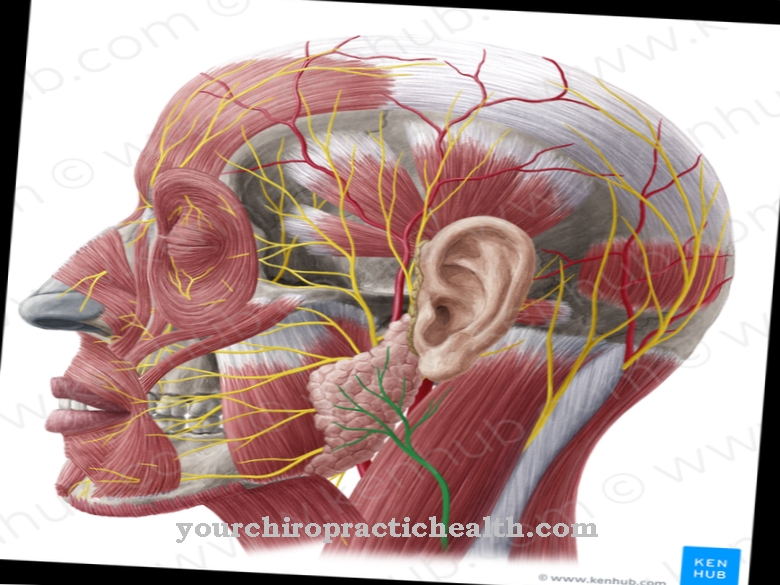
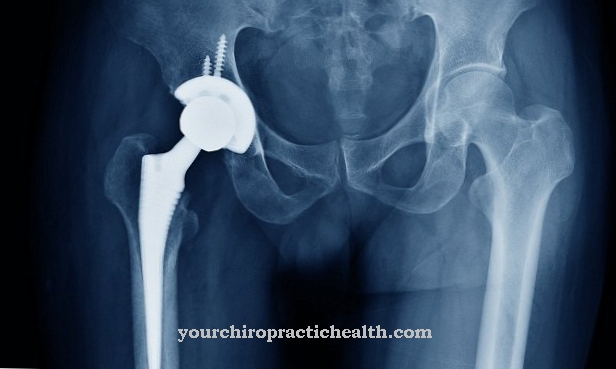

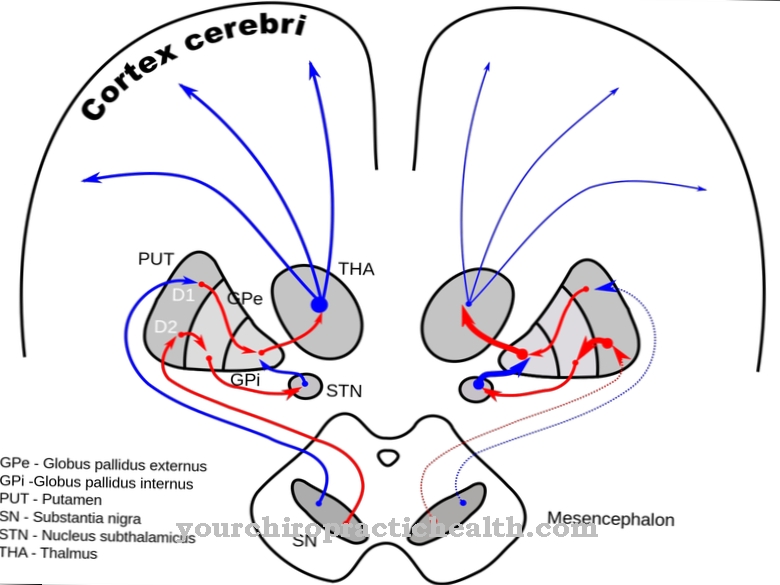





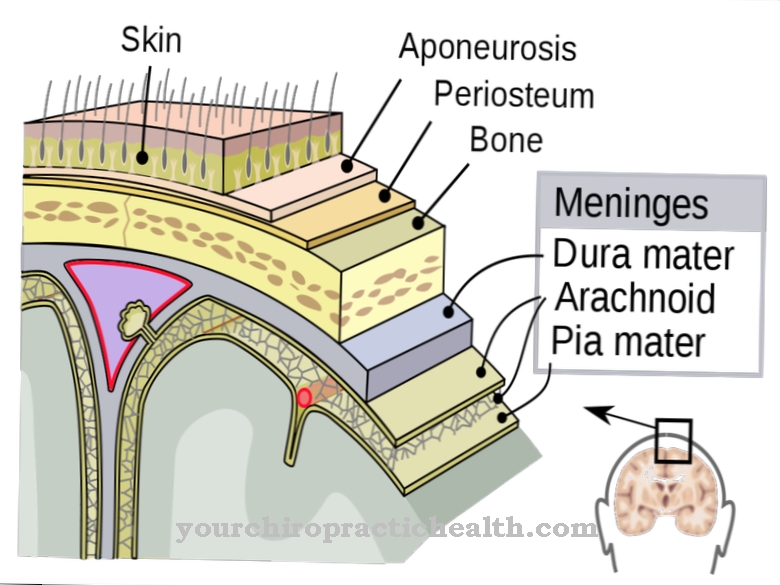



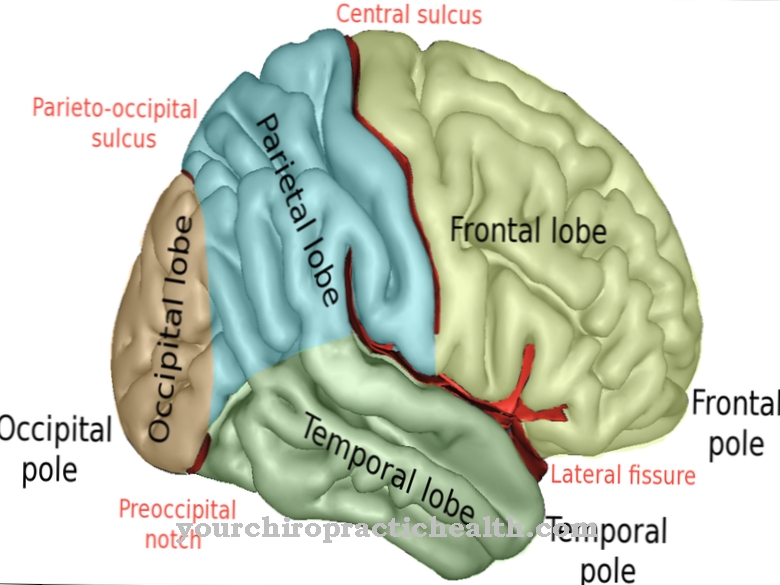
.jpg)
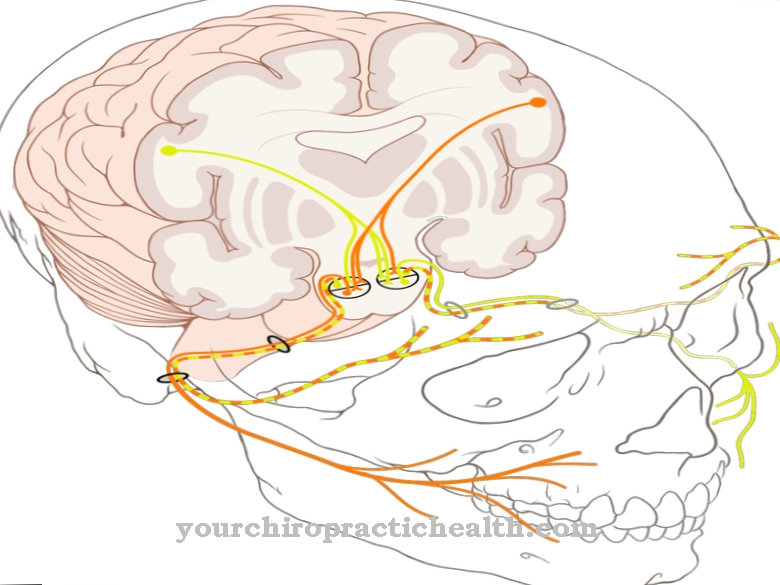


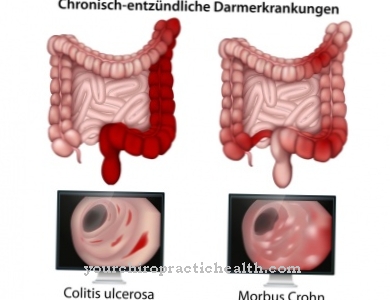


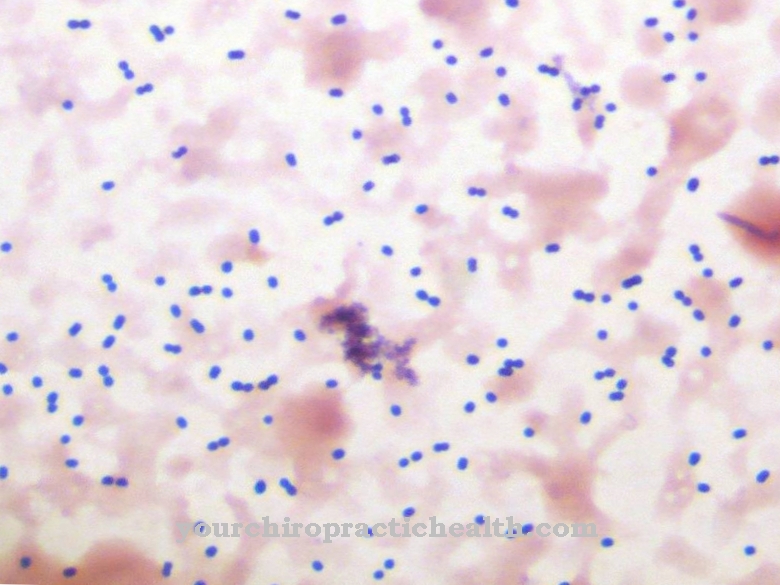


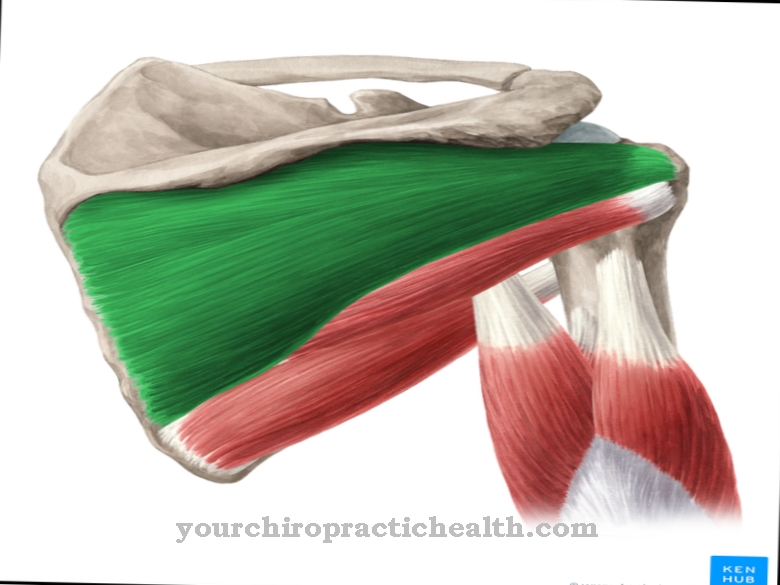


.jpg)